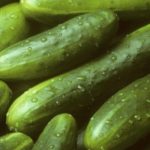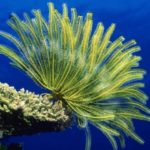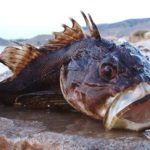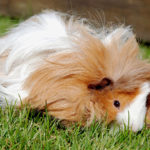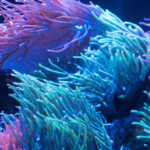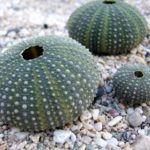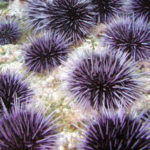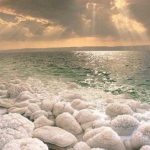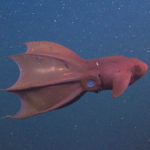22 interesting facts about sea cucumbers
 Being creatures absolutely harmless, sea cucumbers are the object of commercial production, which reduces their population. Pollution of the oceans also affects them adversely, and scientists are seriously worried about their future fate. These amazing creatures, similar to both animals and plants, are truly unique.
Being creatures absolutely harmless, sea cucumbers are the object of commercial production, which reduces their population. Pollution of the oceans also affects them adversely, and scientists are seriously worried about their future fate. These amazing creatures, similar to both animals and plants, are truly unique.
Some of their species live all their lives in the water column, not rising to the surface and not sinking to the bottom. However, most of them lead a bottom lifestyle.
Another name for sea cucumbers is “holothuria”.
Sea cucumbers belong to the animal world, but, given their lifestyle, it is not surprising that some take them for plants.
Bacteria do not live in their bodies. At least, people still have never been able to find them there.
In some countries, such as China, sea cucumbers are considered a delicacy.
Due to the culinary value of holothurians, they are sometimes bred on special farms.
When dried, sea cucumbers are used as painkillers in some Asian countries. Exclusively in traditional folk medicine, of course.
The liquid contained in the bodies of some species of holothurians is poisonous to other sea creatures. Defending itself from enemies, a sea cucumber can throw out its internal organs along with this liquid to escape.
Small tentacles can be seen around the mouth of the sea cucumber. Depending on their type, there can be up to 30 pieces.
A sea cucumber that has lost its viscera can grow new ones in a few months.
Holothurians feed (most of them), sifting through themselves bottom sand and assimilating useful substances from it. So, an individual with a length of only half a meter per year can pass through itself up to 140-160 tons of soil.
The smallest sea cucumbers in adulthood grow up to 3-5 centimeters, and the largest can exceed 5 meters in length.
From the point of view of zoology, holothurians are related to starfish.
Without sea cucumbers, the oceans would have suffered an ecological catastrophe. It is they who process the vast majority of organic waste that sinks to the bottom of the seas and oceans.
Due to the unique body structure, sea cucumbers can both become practically liquid and solid, like dense cardboard.
All types of holothurians breathe with the help of cloaca. With its help, they suck in water into the body, from which they receive oxygen.
Carapace fish regularly hide inside the bodies of holothurians, and they also penetrate through the cloaca.
In most living things on Earth, bodies are bilaterally symmetrical. In holothuria, symmetry is also present, but not bilateral, but five-sided.
In the Russian seas there are about 100 of their species.
Sea cucumbers are one of the most ancient inhabitants of our planet. Their first species appeared more than 440 million years ago, that is, they are really older than most dinosaur species.
In total, there are now about 1150 different types of sea cucumbers.
Not all holothurians are edible, but there are no species that could be dangerous to humans.
